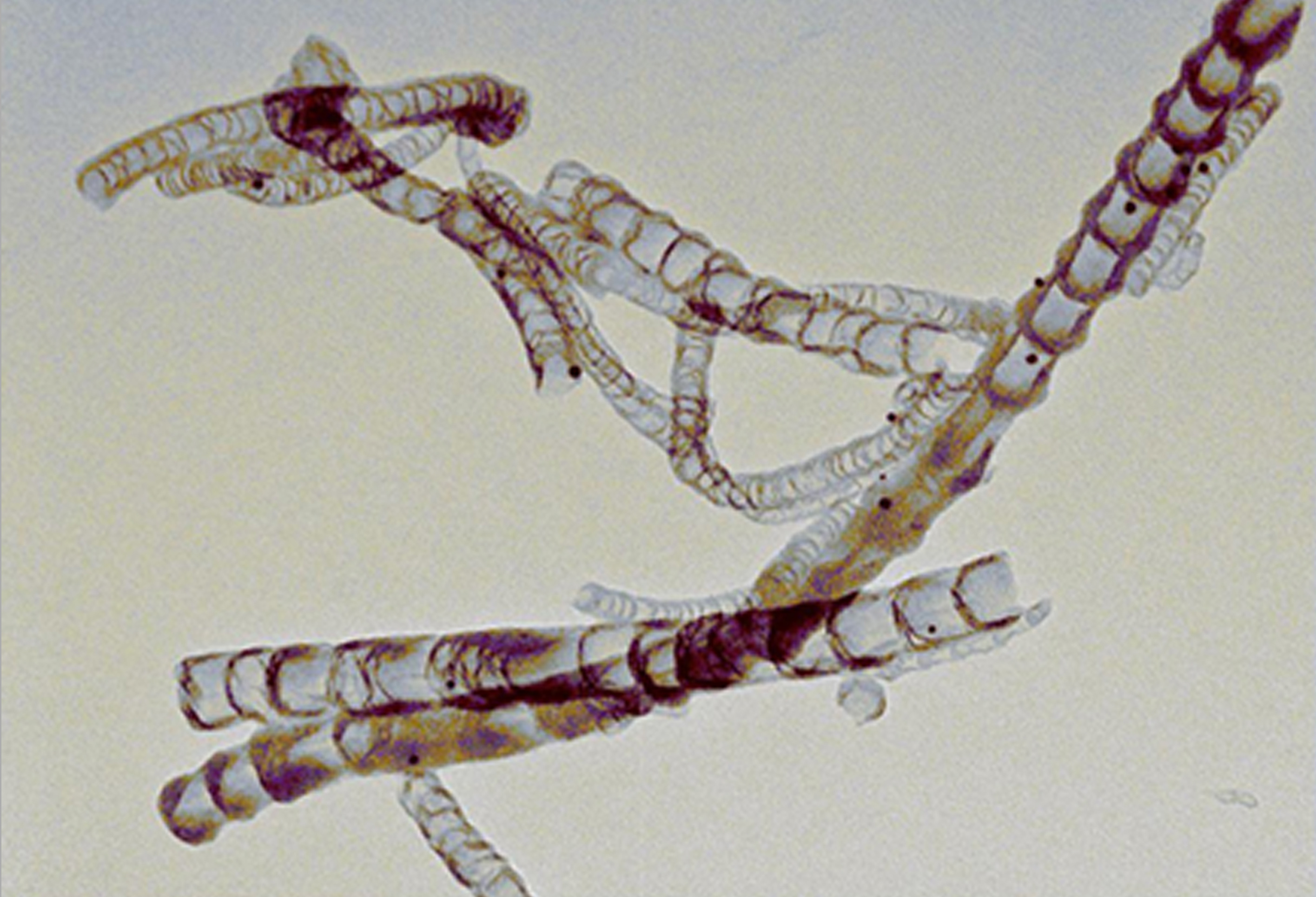Novel Functionalization and Solubilization Methodologies for Carbon Nanotubes
Methods of making soluble carbon nanotube adducts that result in high levels of nanotube solubility in a variety of organic solvents
A carbon nanotube is a single graphene sheet in the form of a seamless cylinder. The ends of a nanotube typically have hemispherical caps. The typical diameter of a nanotube ranges from about 1nm to 10nm. The length of a nanotube potentially can be millions of times greater than its diameter. Since their discovery in the early 1990s, carbon nanotubes have been the focus of intense study due to their very desirable and unique combination of physical properties. They are chemically inert, thermally stable, highly strong, lightweight, flexible and electrically conductive. In fact, carbon nanotubes may potentially be stiffer and stronger than any other known material. The current methods for exfoliating carbon nanotube bundles, and for increasing the solubility of nanotubes, involve time-consuming, complex processes. Also, the range of solvents in which increased solubility has been achieved, and the degree of solubility achieved, are limited. Moreover, current methods of derivatization of nanotubes, in particular sidewall derivatization, destroy the structural integrity of nanotubes, thereby potentially interfering with desirable physical properties. Accordingly, there remains a need for a simple method of exfoliating carbon nanotubes. There is a need for carbon nanotubes which exhibit a high degree of solubility in a wide range of solvents. Also, for various end use applications, there remains a need for a method of increasing the solubility of nanotubes without interfering with their intrinsic physical properties.
Researchers at Stony Brook University have generated a number of chemical strategies to place standard textbook, small chemical molecular moieties onto the surfaces of carbon nanotubes. In one set of experiments, the researchers reacted inorganic, metal-containing molecular coordination complexes, such as Vaska's complex (an lr-containing complex) and Wilkinson's complex (a Rh-containing complex) with nanotubes to create adducts that not only offer interesting models for nanoscale bonding and structure but also result in high levels of nanotube solubility in a variety of organic solvents such as DMF, DMSO, and THF. What is interesting is that derivatization appears to induce solubilization, important for photochemical and photophysical manipulations of these nanostructures. Moreover, these adducts can also be used as reusable, recyclable catalyst supports, specifically for the hydrogenation of alkenes. In a second set of experiments, the researchers derivatized carbon nanotubes with organic functionalities, namely crown ether derivatives that render nanotubes soluble not only in water but also in ten organic solvents of varying solvent polarity from alcohols to hydrocarbon solvents. Functionalization of nanotubes, thus, is a key route to effective solubilization of these materials.
 Please note, header image is purely illustrative. Source: Julia Chifman, Ph.D., & Ravi Nandan Singh, Ph.D., Wikimedia Commons, public domain
Please note, header image is purely illustrative. Source: Julia Chifman, Ph.D., & Ravi Nandan Singh, Ph.D., Wikimedia Commons, public domain
Basis for various site-selective nanochemistry applications - Possibility of chemically-induced self-assembly of nanotubes with tailorable properties, important for advances in molecular electronics - nanotubes as reusable catalyst supports, particularly for expensive catalyst supports, for instance in the hydrogenation of alkenes - Nanocatalytic reactor - Potential of Novel charge-transfer characteristics in functionalized materials - use in scanning probe microscopy as functionalized tips - Solubilization of nanotubes in aqueous and organic solvents, important for photochemical and photophysical analysis-often An order of magnitude higher than can be obtained using conventional methods
- Hydrogenation of Alkenes - Scanning probe microscopy as functionalized tips - Create adducts that result in high levels of nanotube solubility in a variety of organic solvents
Patented
7,670,510 7,169,329
Available for Licensing.
Licensing
Patent Information:
| App Type |
Country |
Serial No. |
Patent No. |
Patent Status |
File Date |
Issued Date |
Expire Date |
|